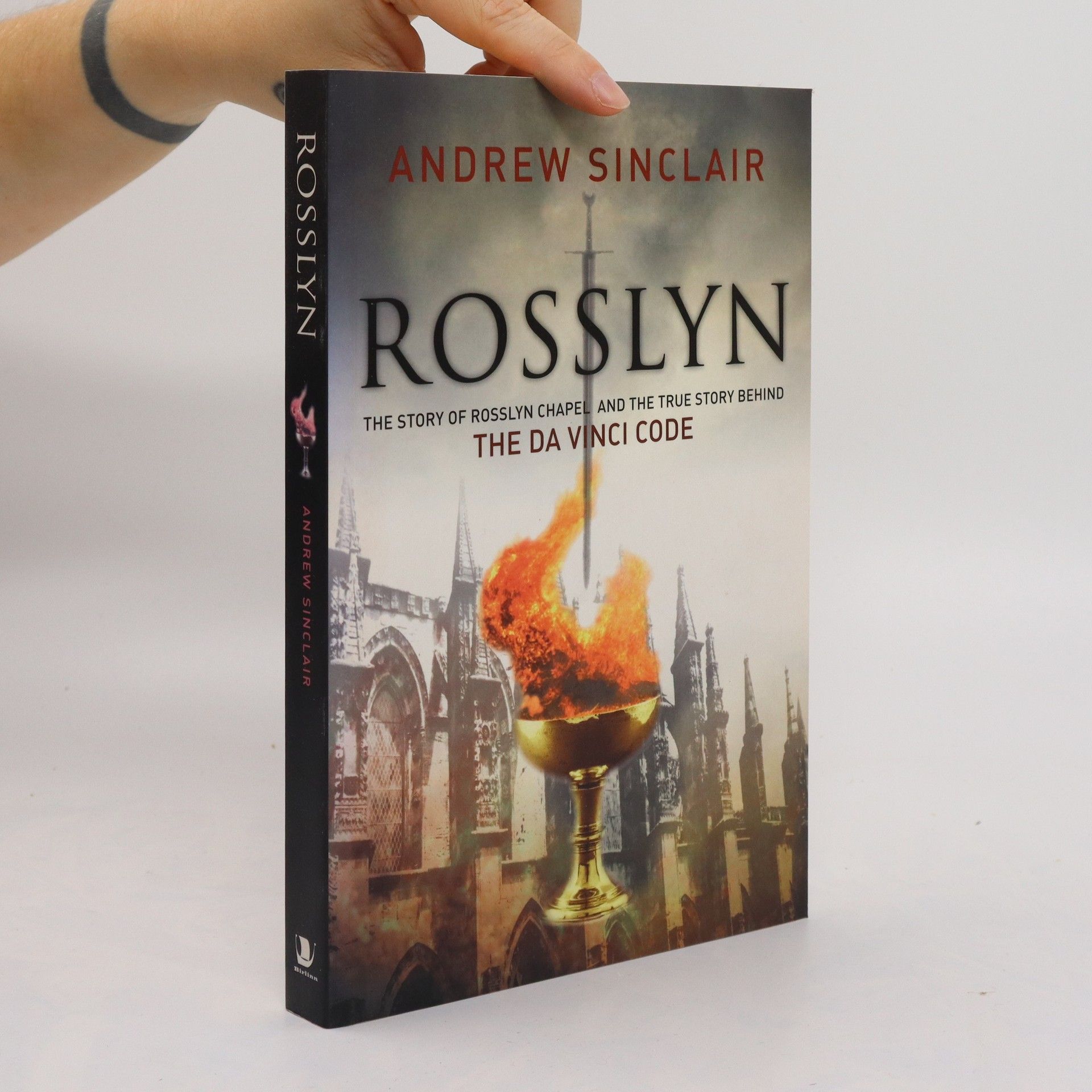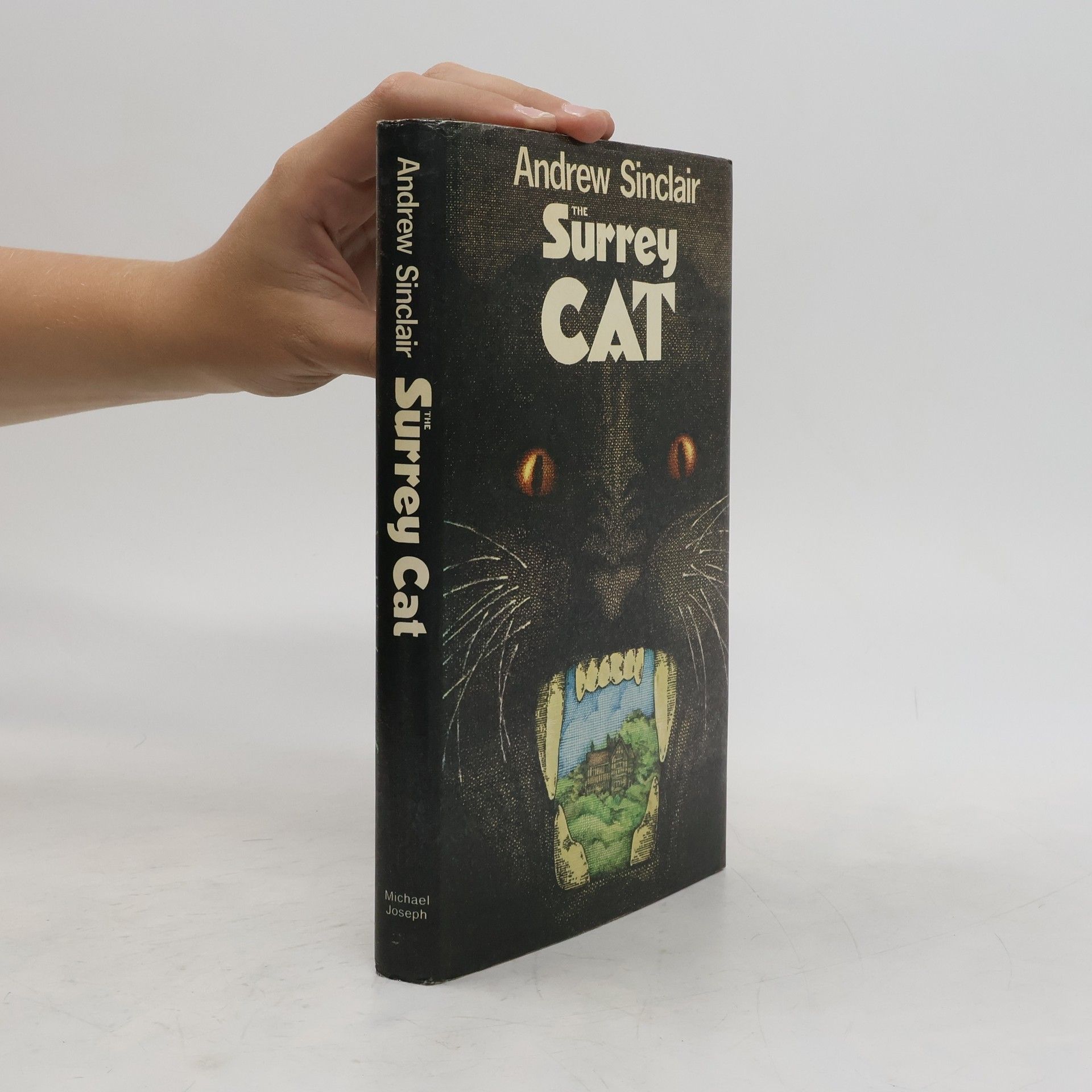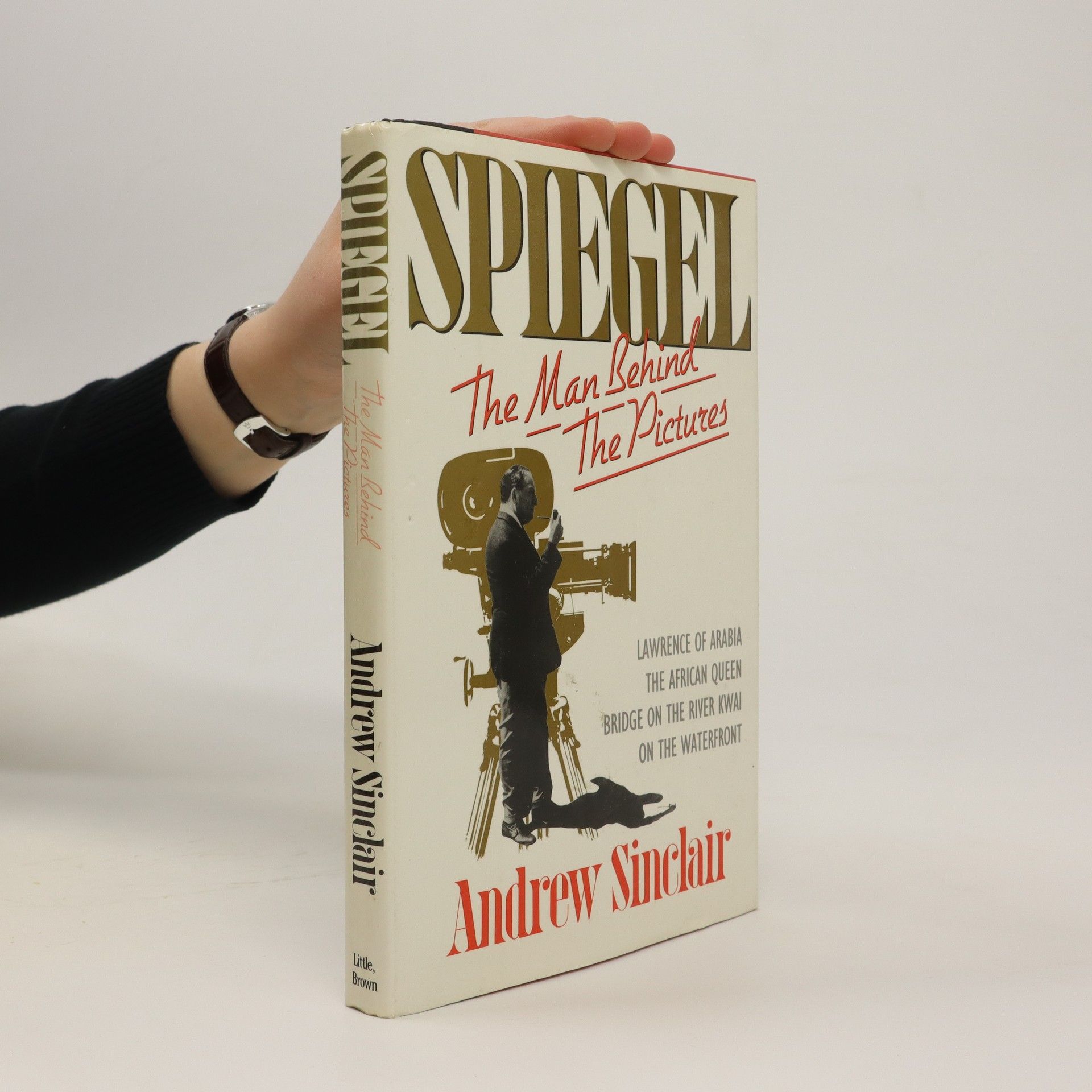Of all Jack London's fictions none has been as popular as his dog stories. In addition to The Call of the Wild, the epic tale of a Californian dog's adventures during the Klondike gold rush, this edition includes White Fang, and five famous short stories - B tard, Moon-Face, Brown Wolf, That Spot, and To Build a Fire.
Andrew Sinclair Livres
Andrew Sinclair était un auteur prolifique réputé pour ses romans imaginatifs et stylistiquement divers. Ses œuvres explorent souvent des thèmes d'identité, d'histoire et de structures sociales, employant un mélange unique de fantaisie gothique, de comédie macabre et d'aventure picaresque. L'approche de Sinclair dans son écriture impliquait un engagement profond envers l'histoire et la culture, évident dans sa fiction comme dans sa vaste production de non-fiction. Sa capacité à créer des personnages captivants et des intrigues complexes en fait une voix littéraire distinctive.


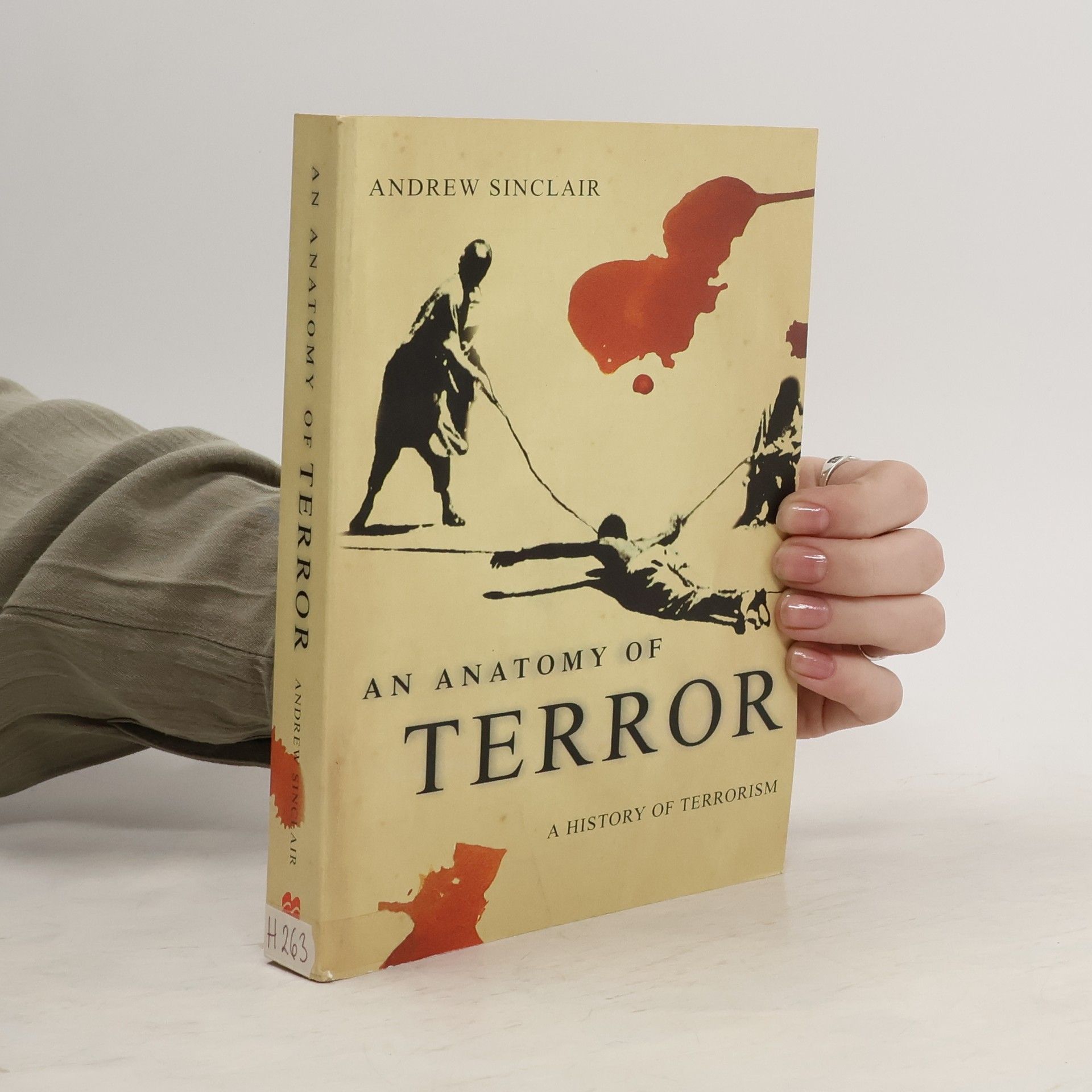
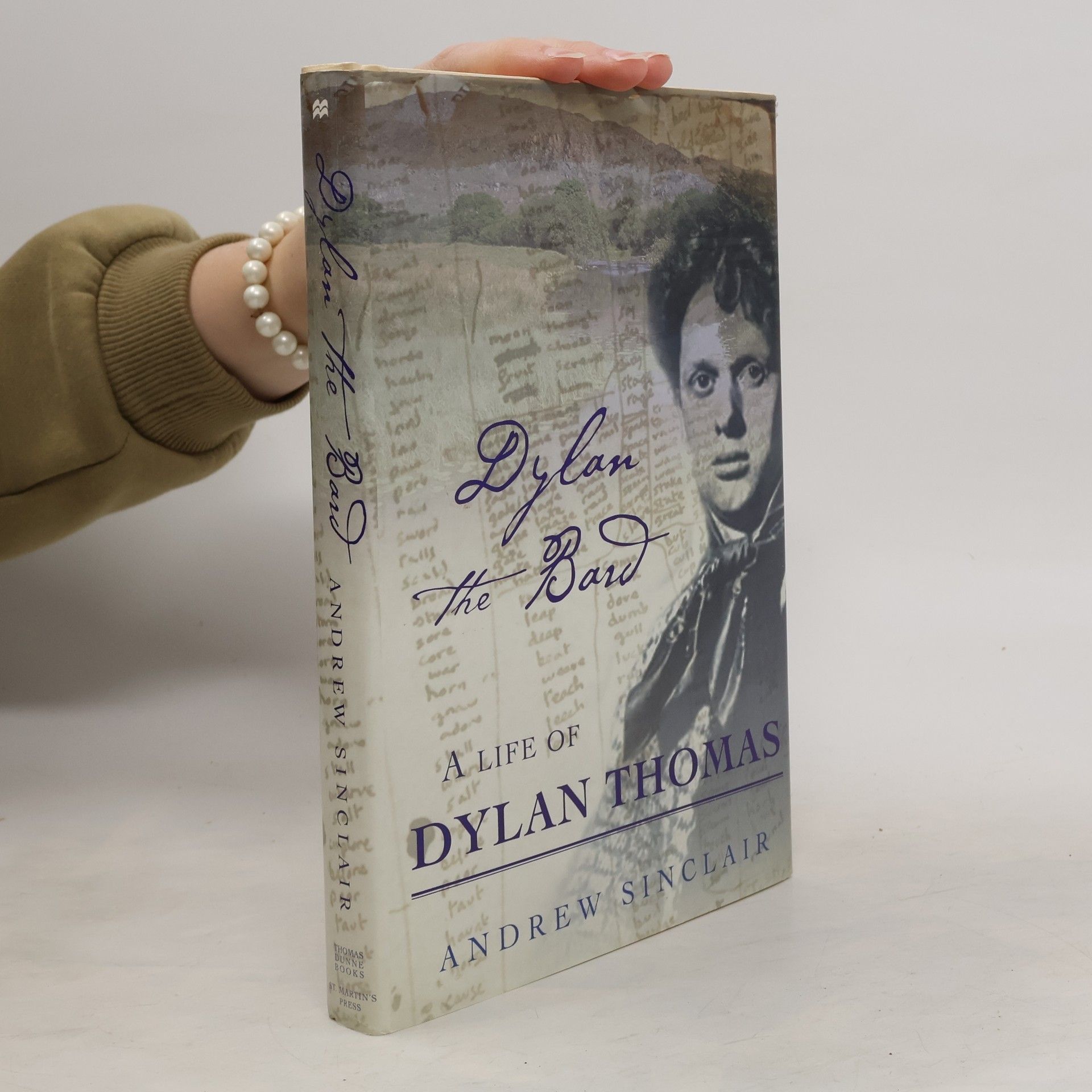
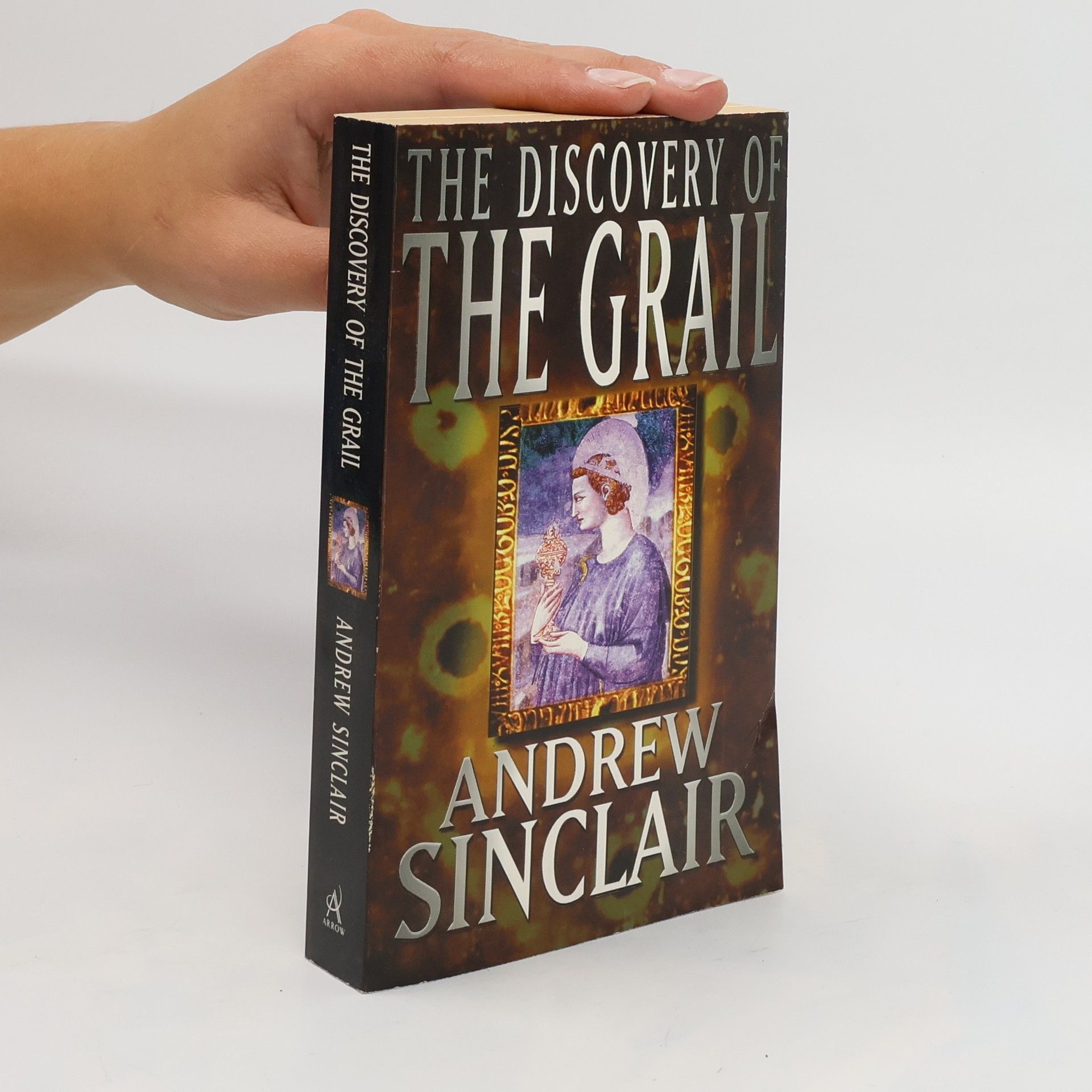
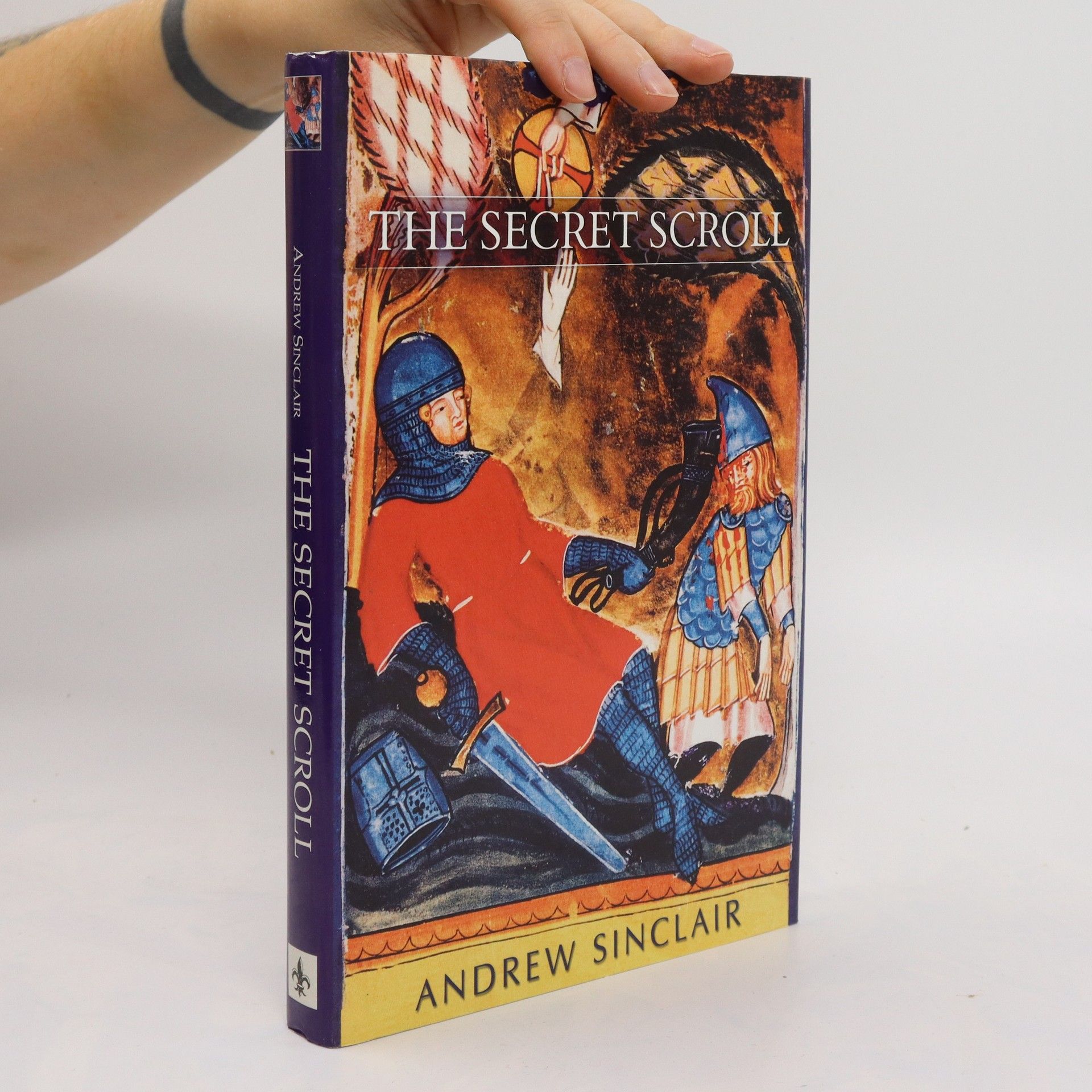

This is the story of how the mysterious Order of the Knights Templar brought their treasures and secrets to Scotland. The author, using historical analysis, religious interpretation, and detective skills, finds a chapel of the Holy Grail and its architect, and, in Orkney, the Secret Scroll.
"The story of the Grail has never been told in full. This definitive shows how the idea of the Holy cup dated from pagan sacrifices in Babylon, Greece, the Nordic people and the Celts. The biblical and post-biblical accounts of the Grail continued fitfully through the Dark Ages then flowered in the early Middle Ages through the legends of King Arthur. The Knights Templar claimed to have discovered the Grail in Palestine and brought it to Rosslyn Chapel in Scotland, which throughout the Middle Ages many artefacts surfaced which were claimed as the Grail. Andrew Sinclair traces the histories of these various artefacts and assesses their varied claims; the Glastonbury bronze bowl, the Saint Elizabeth Cup from Egypt, the wooden cup from Nanteos in North Wales, the emerald bowl owned by Napoleon, the precios metal Grail said to be hidden in Rosslyn Chapel and sought there by Rudolf Hess."
Explores the relationship between the poet's work and his self-destructive personal nature.
An Anatomy of Terror
- 415pages
- 15 heures de lecture
Andrew Sinclair explores the entire sweep of history - from the early role of terror as a tribal force and its incorporation into the rise of religious terrorism to later, politically fuelled violence.
Death by fame
- 224pages
- 8 heures de lecture
A biography of the tragic Austro-Hungarian empress follows the winding, often lonely path that led the daughter of German royalty from a pampered life to an unhappy marriage to Emperor Franz-Josef
Rosslyn
- 214pages
- 8 heures de lecture
The mysterious history of Rosslyn Chapel and the Knights Templar is revealed in this authoritative volume by a descendent of its first patrons.In the 15th century, William Sinclair, 1st Earl of Caithness and Baron of Roslin, built a Catholic chapel in the Midlothian region of Scotland. Famous for its esoteric symbolism, this flamboyant Gothic church was of great importance to the Knights Templar, who formed a third Temple of Solomon with the patronage of the Sinclair lairds.Historian Andrew Sinclair, whose own family lineage traces back to William, explores the rise and fall of Rosslyn over the course of centuries. It is a tale of religious conflicts and ancient relics, of epic battles and secret societies. Along the way, he dispels the many myths and misinterpretations that have grown up around Rosslyn, as the fortunes of the Sinclair family declined and the Church and Castle fell into ruin.
The Surrey Cat
- 168pages
- 6 heures de lecture
Designed for coffee professionals and enthusiasts, this log book serves as a data collection tool to enhance the coffee experience. It allows users to document and analyze various aspects of their coffee journey, fostering a deeper understanding and appreciation of the craft.
